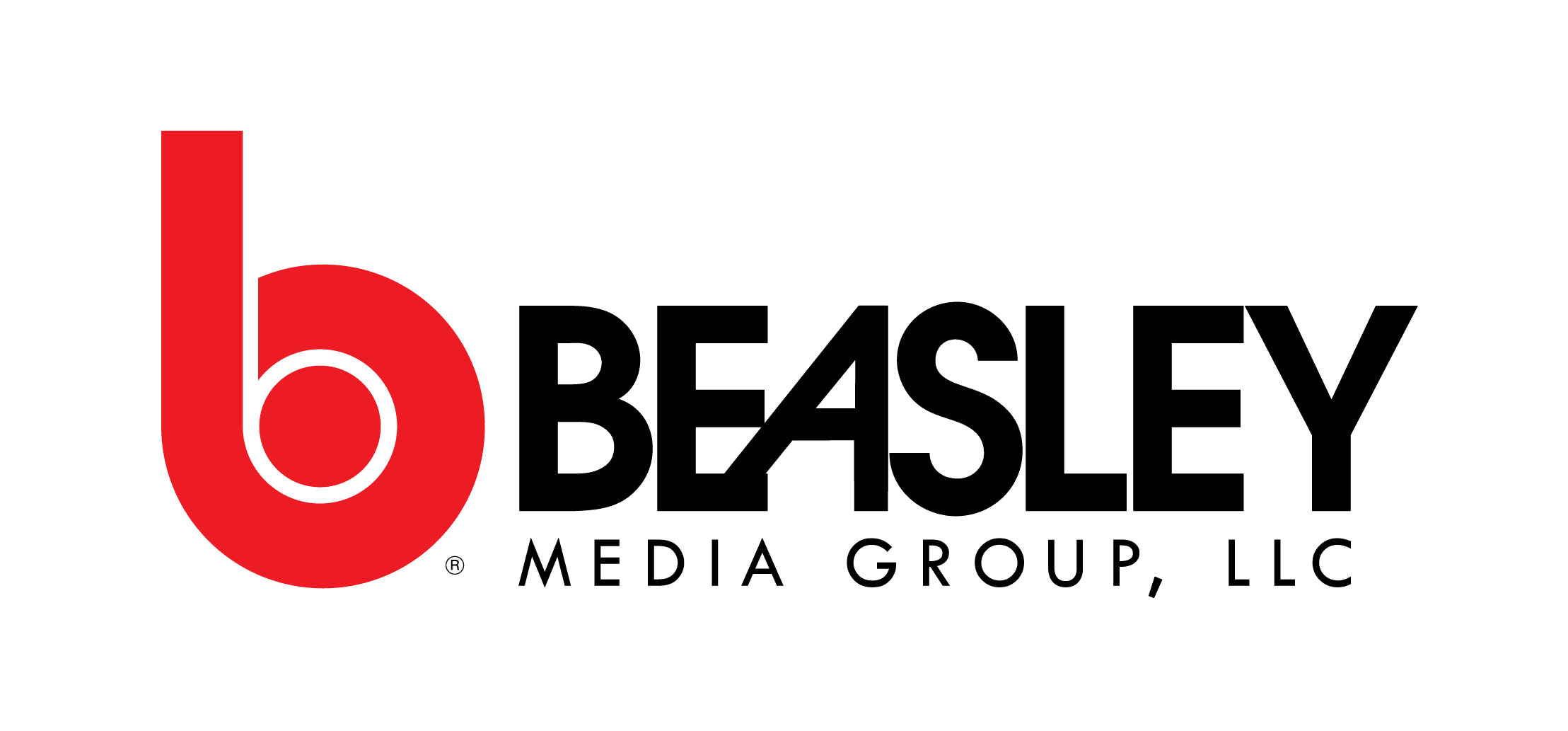Due to the horrific tragedy that has taken place in Israel and its continuing aftermath, we are unveiling a special Beasley Best Community of Caring initiative focused on tolerance, respect, and empathy. For the next few weeks, we will publish features encouraging those values.
The conflict in the Middle East has dominated headlines over the past few weeks, and it\’s likely to continue for quite a while. And, of course, kids are hearing about it. It\’s one of the most complex and divisive issues of our time. So, how do you explain it to kids? How do you even approach the conversation?
Sari Beth Rosenberg is a history teacher at the High School for Environmental Studies in New York City. She notes that in her school, students were asking each other and teachers to identify as \”Team Israel\” or \”Team Palestine.\” Ms. Rosenberg notes that her school is very diverse and that the conversations in her classrooms tend to be more civil than conversations between older people. \”They are used to being in a room full of kids from different perspectives, and they have to figure out a way to talk about stuff without hurting people\’s feelings.\”
So when she was asked about her \”team,\” she said, \”Team Humanity.\” (CNN included her response in a feature about teachers discussing the conflict.) \”I always say that my opinion doesn\’t matter,\” she stresses. \”I told them, \’What happened on October 7 was absolutely horrific. And the bombing of civilians in Gaza is also horrific.\’ One kid was asking, \’What about the Palestinians? Do they have it worse?\’ And I said, \’Well, we\’re not doing that here. We\’re not going to compare different examples of how people suffer because we\’re not competing. All suffering is bad.\’\”
She says that she tends not to share her opinions with her students. \”At the end of the day, it\’s not my place as a teacher in a classroom to share it. I think it\’s inappropriate for teachers to share what they think.\” And that\’s true no matter what issue is being discussed.
\”Even with January 6th, I didn\’t tell them what to think about it. I presented them with images, what was said, what happened, and then they could tell me what they thought. I would never suppress that opinion in my classroom. That\’s what teachers do. Good teachers know how to, and want to, create an environment where every kid feels safe expressing themselves and analyzing things.\”
Ms. Rosenberg says that this is her goal. \”You have to provide them with the critical thinking skills and the facts and the tools.\” Those tools, of course, include websites. \”Everything has a bias. But we point them to the least biased sites and teach them how to read horizontally — where you look up the author before you keep reading so you understand what their perspective is.\”
\”There\’s this misconception that teachers are coming in with an \’agenda.\’ I\’m not. I just want kids to learn and be interested in the world, in current events, in history. There\’s this misconception that teachers are coming in to \’indoctrinate.\’ People who think that way don\’t want teachers talking about anything that might be divisive or uncomfortable. But if you understand that teachers are not coming in with an agenda, then you should be encouraging teachers to have these difficult talks about these difficult, complex subjects.\”
She stresses the importance of that point. \”They have to learn how to have those conversations now, because if they\’re not doing it in kindergarten through 12th grade, then you\’re not giving them the tools to exist as adults in a world where these things are going to come up. And then, they don\’t learn how to have a rational conversation, where they\’re listening to people and not just screaming over them, and not hearing other people\’s perspectives. If you\’re not doing that when they\’re kids, then when are we going to teach them that? That\’s why I have been outspoken about these bills that are issuing what are basically educational \’gag orders,\’ where teachers are scared to talk about uncomfortable topics like slavery and the Holocaust. These bills are not specifically saying \’Don\’t talk about slavery.\’ Some of them are, but most of them are not saying specifically what you shouldn\’t talk about. But the fact is that teachers are scared to bring up anything that might make a child — or really a child\’s parent — uncomfortable. But then my question is, when are they going to have those discussions?\”
Some might feel that these conversations aren\’t appropriate until college. But as Ms. Rosenberg points out, \”Not every kid goes to college. It\’s expensive. So, they\’ve never been given the skills or tools to engage with information that makes them uncomfortable. And then you just create a society of people who are just fighting with each other.\”
Social media can help here. But as we know, it often doesn\’t have that effect. She says, \”I think that social media can be good if people can hear other perspectives and maybe have them shift the way they see things. But what it\’s turned into is, it\’s just people yelling at each other, and it\’s not creating any common sense. It\’s just further dividing us. So, I just that school is a place to learn to have these conversations. Especially public school, where anyone can go, from all different backgrounds. We need to have conversations about all forms of hate in school, even though they might be divisive issues. The main focus and my main \’agenda\’ is: give the kids the tools and critical thinking skills, etc. to have those uncomfortable conversations in school so that we create a more comfortable environment for them once they\’re not in school.\”


